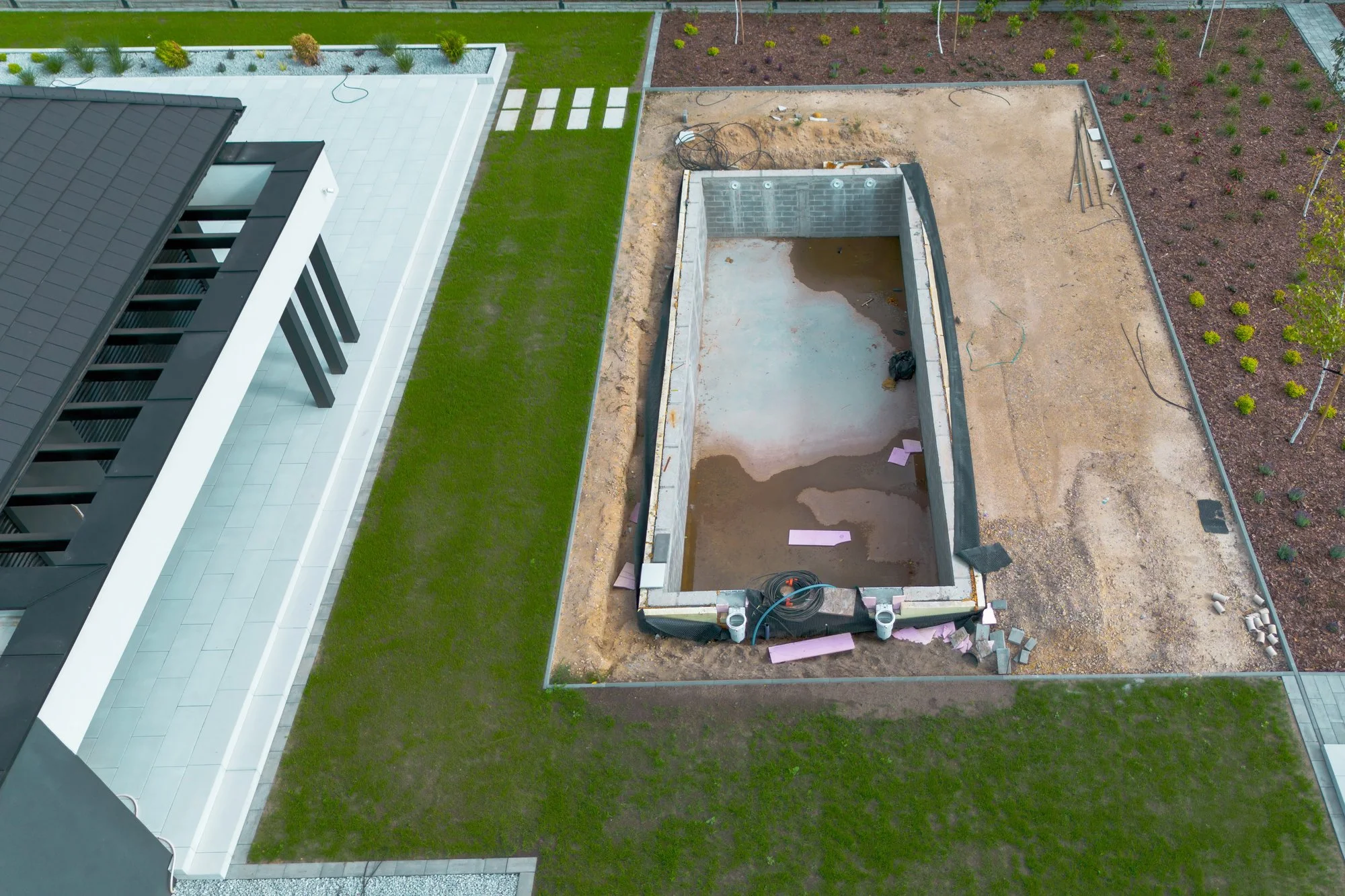Why Grounding Is Key for Physical Recovery: 5 Must-Know Facts
Grounding, also known as earthing, is gaining attention for its potential role in physical recovery. People are exploring grounding as a simple method to improve well-being and reduce discomfort. Connecting with the Earth's surface through methods like walking barefoot might contribute to physical recovery in several ways.
Many individuals use tools like grounding sheets for better circulation and sleep quality. These products aim to replicate the sensations of being in direct contact with the Earth. By incorporating these practices, overall recovery experiences can be improved from the comfort of one's home.
Helps Reduce Inflammation Naturally
Grounding, or earthing, is believed to help reduce inflammation in the body. This practice involves direct contact with the earth's surface, such as walking barefoot on grass or soil. Grounding may affect the body's pain and inflammation responses.
Some researchers have explored the potential of grounding to change the number of white blood cells and other chemicals that circulate in the body, which can impact inflammation.
Though strong scientific consensus is still developing, a few small studies suggest that grounding might aid in pain relief and mood improvement. Some findings indicate that grounding could play a role in reducing inflammation and boosting wellbeing.
Boosts Heart Rate Variability for Resilience
Heart rate variability (HRV) refers to the variation in the time interval between heartbeats. It's a key indicator of a balanced nervous system. A higher HRV usually means better adaptation to stress and increased emotional resilience. When the body can respond efficiently to challenges, it contributes to overall well-being.
Grounding, which involves direct contact with the Earth’s surface, can positively influence HRV. It is believed that grounding can help improve parasympathetic nervous system activity, which in turn boosts HRV. This process might make it easier for the body to recover from physical and mental stress.
Activities such as walking barefoot on grass or sand can support this connection. Integrating grounding into daily routines may have long-term positive effects on resilience. Engaging in such simple practices can lead to a sense of calm and stability, which benefits the entire body's recovery process.
Offers a Sense of Safety in Trauma Recovery
Grounding can play a key role in trauma recovery by providing a sense of safety. Feeling safe is important for trauma survivors. Many have faced situations where they did not feel secure emotionally or physically.
Grounding exercises help individuals connect with the present moment. They encourage focus on the here and now, which can be calming for those who feel overwhelmed. Simple practices might include focusing on one's breath or feeling the ground beneath one's feet.
These techniques can reduce anxiety and create a secure environment for healing. By teaching people to anchor themselves in the present, they can regain control over their emotions. It empowers them to handle challenging situations without reliving past traumas.
Through consistent practice, grounding methods build resilience and stability. They offer trauma survivors tools to navigate their recovery journey. This approach supports the healing process and opens a path to feeling more secure.
Decreases Chronic Pain Effectively
Grounding, also known as earthing, may help reduce chronic pain. It involves direct contact with the Earth's surface, like walking barefoot on grass or sand. By doing this, people connect with the Earth's energy.
Studies suggest that grounding could lower pain levels. For instance, individuals using grounding patches reported less pain during exercise recovery. This suggests a potential benefit for those dealing with chronic discomfort.
Grounding might impact the body's natural healing processes. It reduces inflammation, a significant cause of pain. By calming inflammation, it may provide a natural way to manage discomfort.
Some sources even discuss the benefit of spending extended hours grounded. Spending at least ten to twelve hours grounded each day might contribute to lowering blood pressure, indirectly assisting with pain management.
While more research is needed, the existing information on grounding indicates that it has promising potential for easing chronic pain naturally.
Supports Autonomic Nervous System Balance
Grounding, or earthing, may help balance the autonomic nervous system. This system controls necessary functions like heart rate and digestion. By connecting with the earth, grounding might shift the nervous system away from a state of stress.
Some studies suggest that grounding directly affects the autonomic nervous system by boosting vagal tone. This refers to the activity of the vagus nerve, which helps promote calm. As a result, grounding may help the body recover from stress more effectively.
In addition, grounding may help stabilize the day-night cortisol rhythm. Cortisol is a hormone that influences stress levels, and maintaining its natural rhythm is important for health.
Grounding can also impact sleep patterns and reduce stress. Lower stress can lead to a more balanced nervous system, potentially improving overall wellness. Engaging in grounding activities might offer a simple way to promote better balance within the body.
Conclusion
Grounding provides several benefits for physical recovery. It may help reduce inflammation and pain, making it a useful practice for healing and wellness. Those incorporating it into their routines often report better sleep and reduced stress.
Simple techniques such as walking barefoot outside can connect one to the Earth's energy. Incorporating grounding into daily habits is an easy and natural approach to support recovery.





